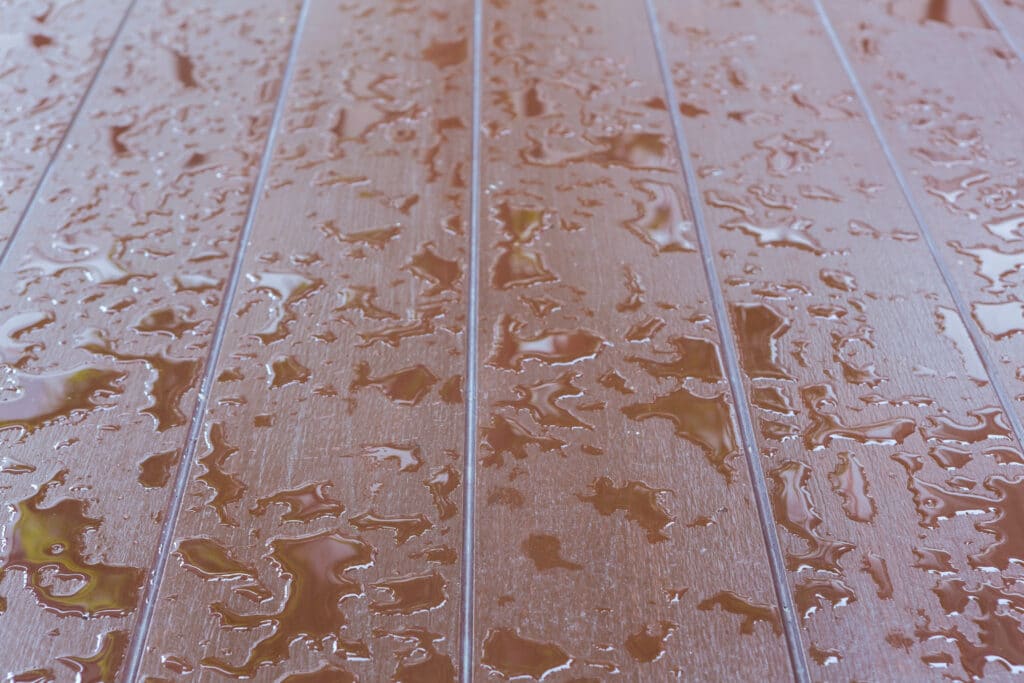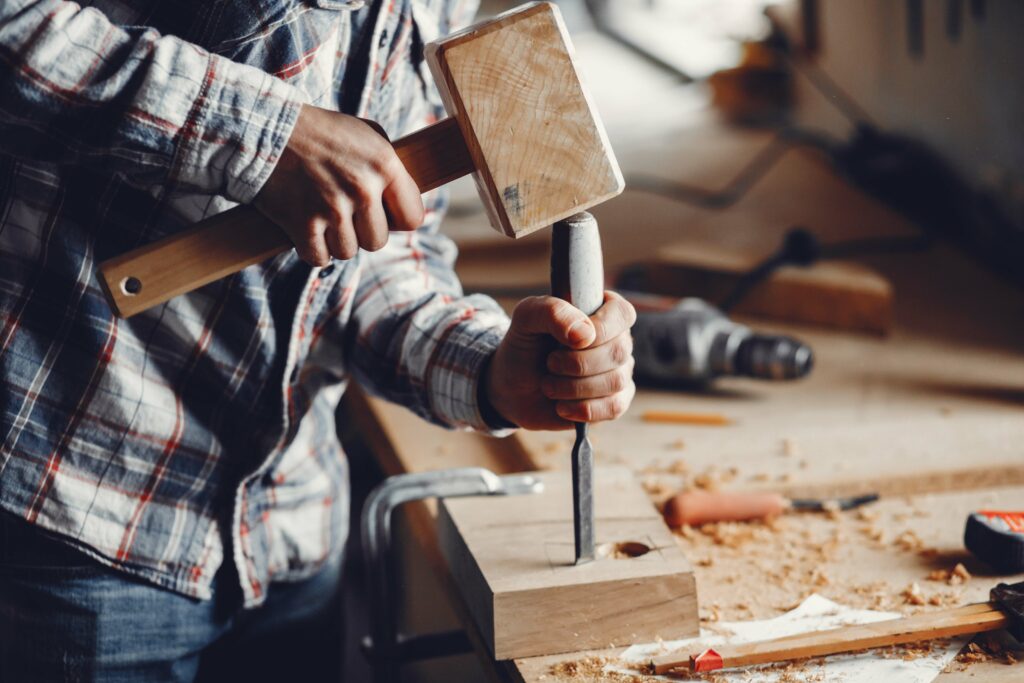
Eitherresidential or commercial, furniture constitutes the most significant aspect ofevery space. Being daily associated with the human body, the best wood forfurniture certainly needs to be a mold-resistant and guarded against fungalattack. However, being an organic commodity, it is arguably prone to decay anddamage. Over the years, amongst other materials in the market, Wood hassuccessfully proved to be the best available option for drilling, sawing andsanding a piece of furniture.
Theraw wood is critically processed by undergoing intensive treatment before it issuitable to be utilized. In this procedure, the moisture and other bickeringfactors are technically released to prepare a robust seasoned wood. Theseasoned wood, available for further developments, is an ultimate timber forideating our artistic furnishing designs.
Whilewe discuss the making of furniture, today all sorts of wood are used toconstruct them. Amongst the multitude of varieties, the quality and the marketvalue of wood are significant factors to select the perfect alternative. Apartfrom these two mains, there is a qualitative list of pros and cons to beconsidered before you initiate the interior decoration of your house or office.
Thefollowing are a few tips to consider the best wood for your furniture.

Bythe title they have been invested, hardwood and softwood aren’t distinguishedby the degree of hardness or its tangible. Differentiated by the density andanatomical complex structure, Hardwood is obtained from flowering trees whilesoftwood belongs to conifers. Hardwood is denser than softwood. Not allhardwood is used for furniture while all the softwood is employed to preparefurniture ranging from the larger-utility ones to the decorative items.
Oak, Maple, Teak, Mahogany, Beech, Alder, Rosewood, Mulberry, Walnut, Merbau are hardwoods while Cedar, Pine, Redwood, Deodar are softwoods. Nonetheless, selecting hardwood or softwood depends on the kind of furniture you plan to construct.
Whensorting the timber, see that it is a plank of authentic solid wood. Hardwoodand Softwood both are solid woods. However, there could be a chance where adecayed wood might have been filled and supplied. The solid woods areeffectively workable i.e a carpenter can easily nail, screw, hammer, glue orcraft without being affected by grains. Irregular grains like spiraled orinterlocked should not be considered to construct furniture.
Toidentify a solid wood, check the following,

Owingto the domestic and residential reasons, the timber you choose should beexclusively resistant to fire. The denser woods possess a higher capability toresist the fire due to their natural insulation. Hardwoods are thereforepreferred to prepare kitchen and washroom cabinets, and flooring. At the sametime, Softwood is poorly resistant to fire.
Thestrength of wood depends on how much pressure it can withhold from all thedirections. On the same grounds, the wood should also have the capability toretain its shape after a rigorous treatment or any production procedures. Thegrains in the wood follow a uniform direction. Thus, during the carpentry work,the misaligned hammering and the other load, should not result in the breakageor ugly cracks. Walnut, Teak, Merbau are strong wood, frequently used in Indianlounge furniture.

Beingan organic substance, over time, water permeates through the pores of the wood.The moisture hurts the longevity of the wood by the process of decay. Thechosen timber should be non-permeable to a larger extent.
Thebest wood for furniture has necessarily to be resistant to termites.High-quality hardwood and softwood are naturally termite resistant. However,owing to the budget restraints, see to it that wood is polished, lacquered orcoated to keep the termite attack at bay.

Thedecay of timber generally sets due to moisture, infestation and physicaldamage. The denser wood with a close knot of grains is resistant to multipledecays. Hardwood is lesser prone to decay than softwoods. Teak, being highlyresistant, is, generally, used to make outdoor pieces of furniture.
Withthe presence of tracheid and vessels, the timber is considered as porous ornonporous. The softwood comparatively has lesser or no vessels. This propertyhelps the wood to quickly absorb the glue used for sticking the parts orlaminates on the surface. Therefore, it helps in developing a finer product.

The charm of the space is the default factor when you select the bright appearing and right colored timber. Moreover, the timber should be well sanded, unstained by fungus or termites, correctly-sized, and not be discolored and deformed.
Timberwith a darker shade over a lighter is recommended, as latter ones are weaker.Walnut Mahogany and teak are darker and can cover a larger range of exquisitefurniture. Satinwood delivers a vintage look while Rosewood or Shisham issimply impressive.

Thetoughness of the best wood for furniture should be able to take shocks,frequent hammering, vibrations and considerably unbreakable. Moreover, itshould not tear up on gradual bending while you prepare, fix or adjust theparts of furniture.
Hardwood is heavier than softwood and thus they are picked up easily for structural and large-sized furniture. Oak, Teak, etc. are preferred over Deodar to prepare tables, cabinets, wardrobe, beds, and chairs.

Definedby time, the timber is durable when it remains unaltered from the decay bynumerous causes. Seasoned and treated wood being resistant to termites andfungus, the chemical preservatives safeguard the internals of wood throughoutthe time. Mahogany and teak are naturally termite resistant and therefore fewof the expensive woods in the market. The durable and reliable timber isunaffected by marine organisms, beetle, fungus, termite and unexpected shocks.